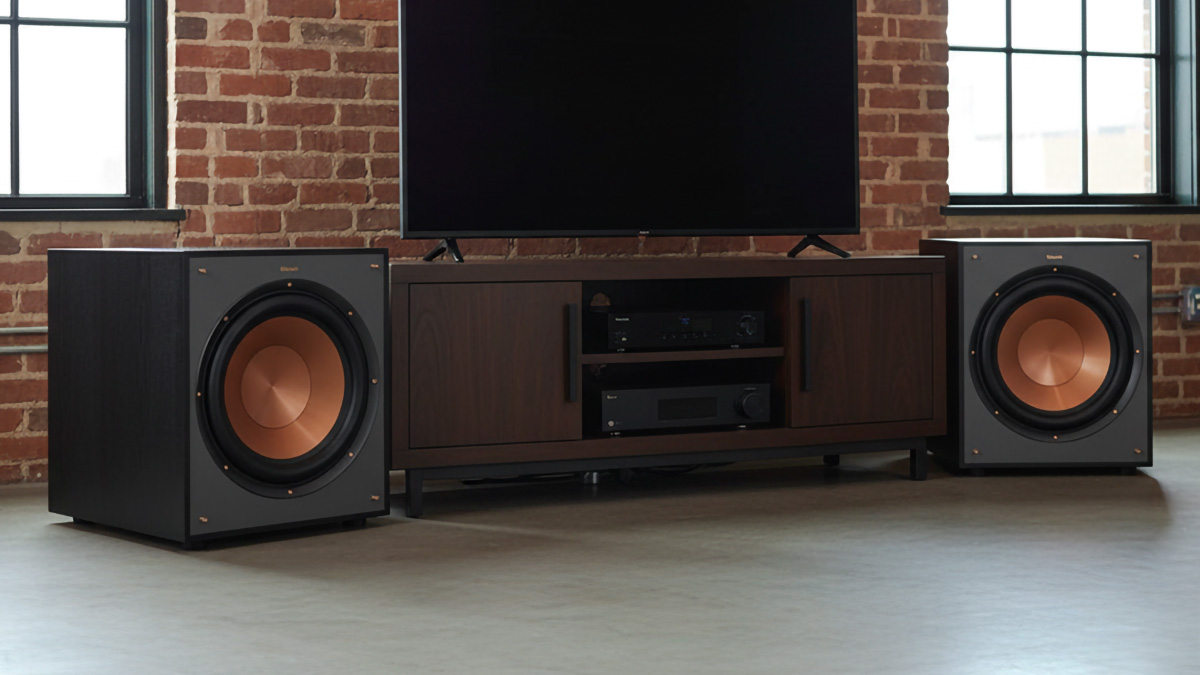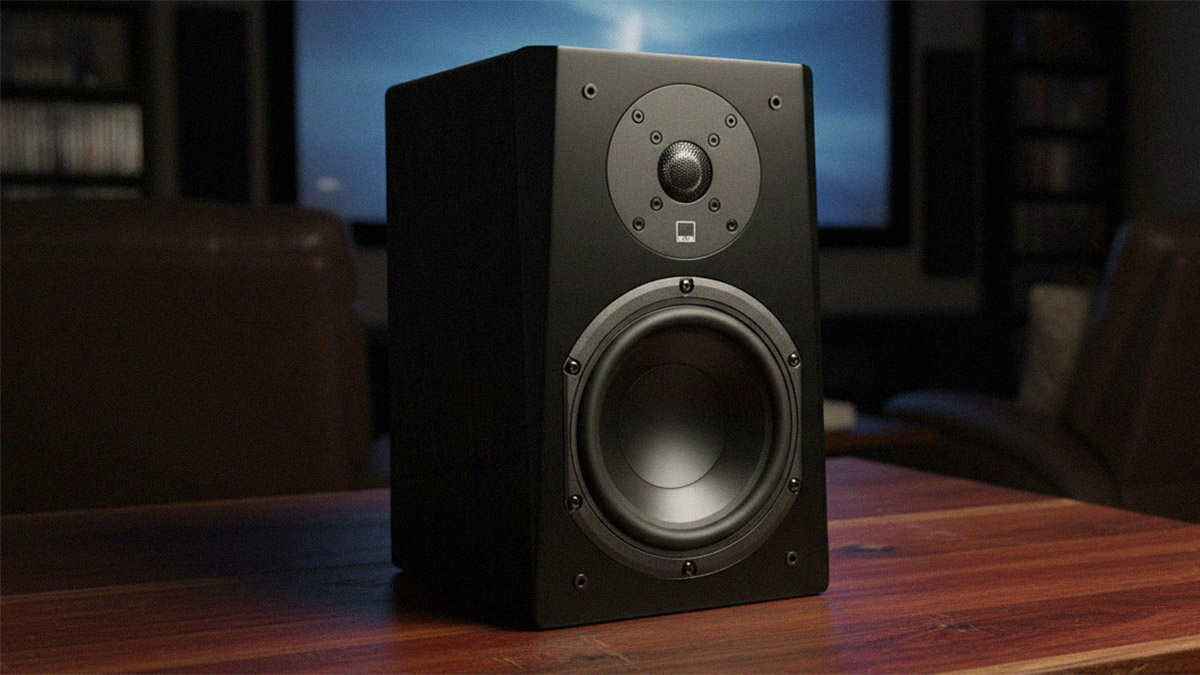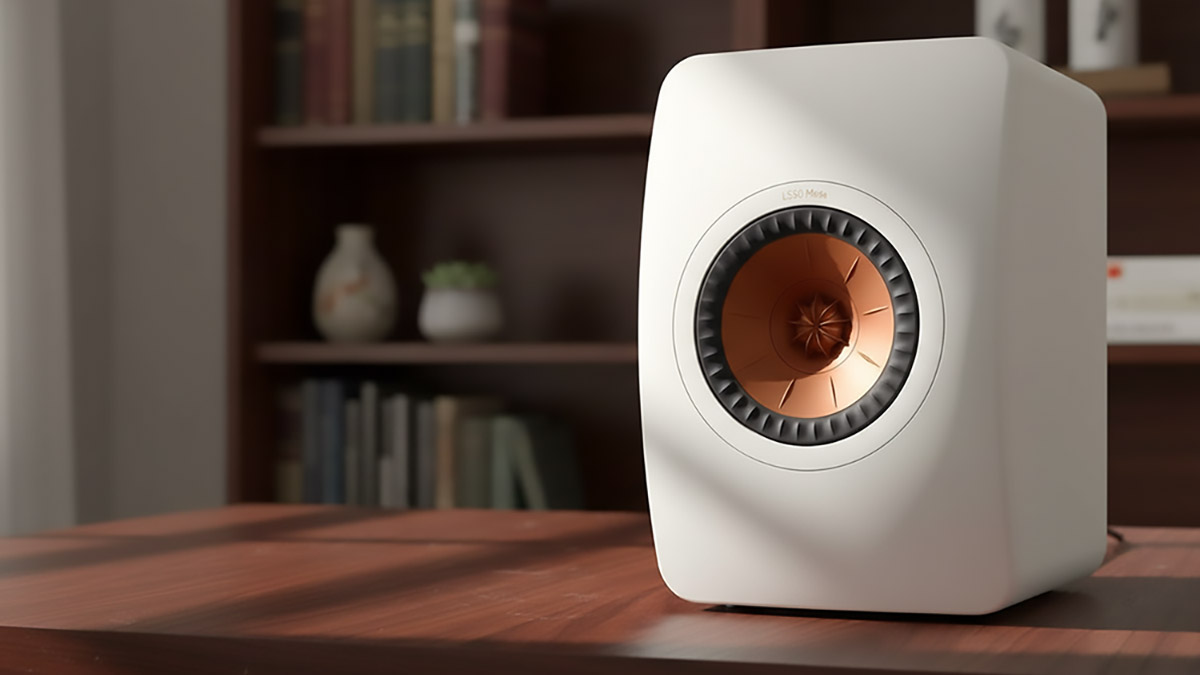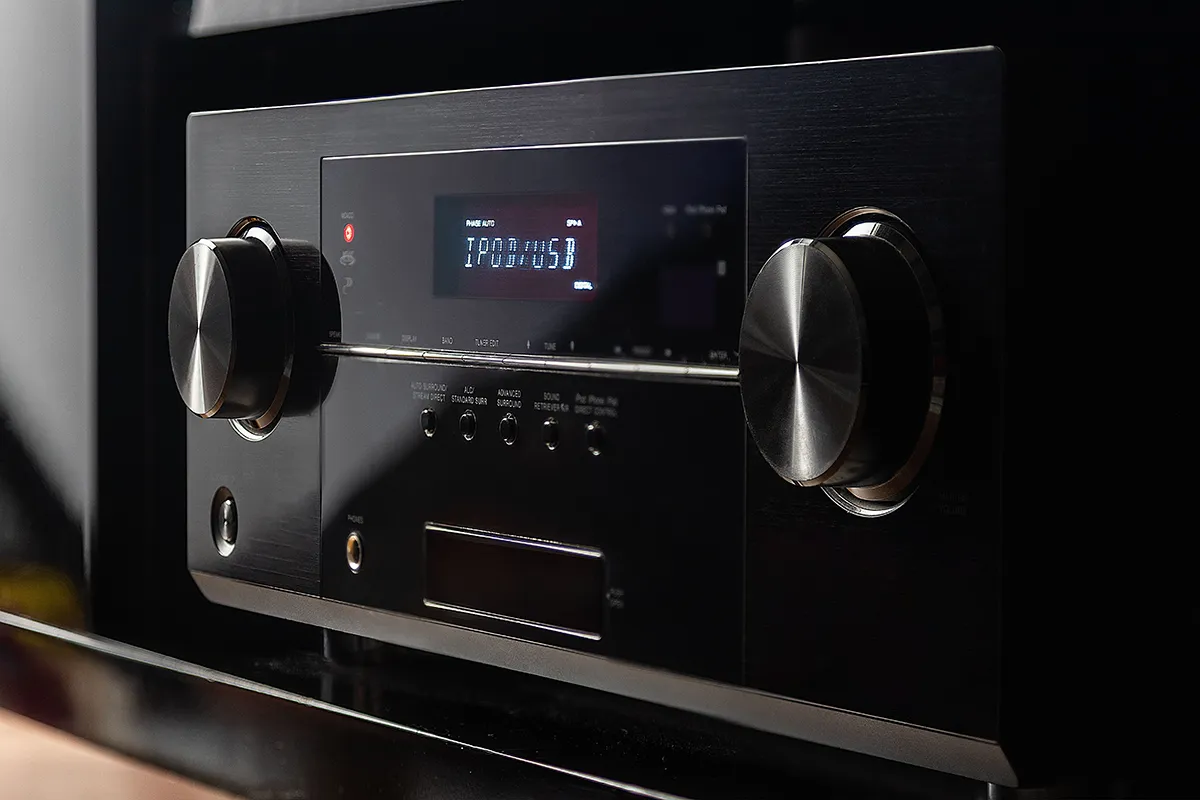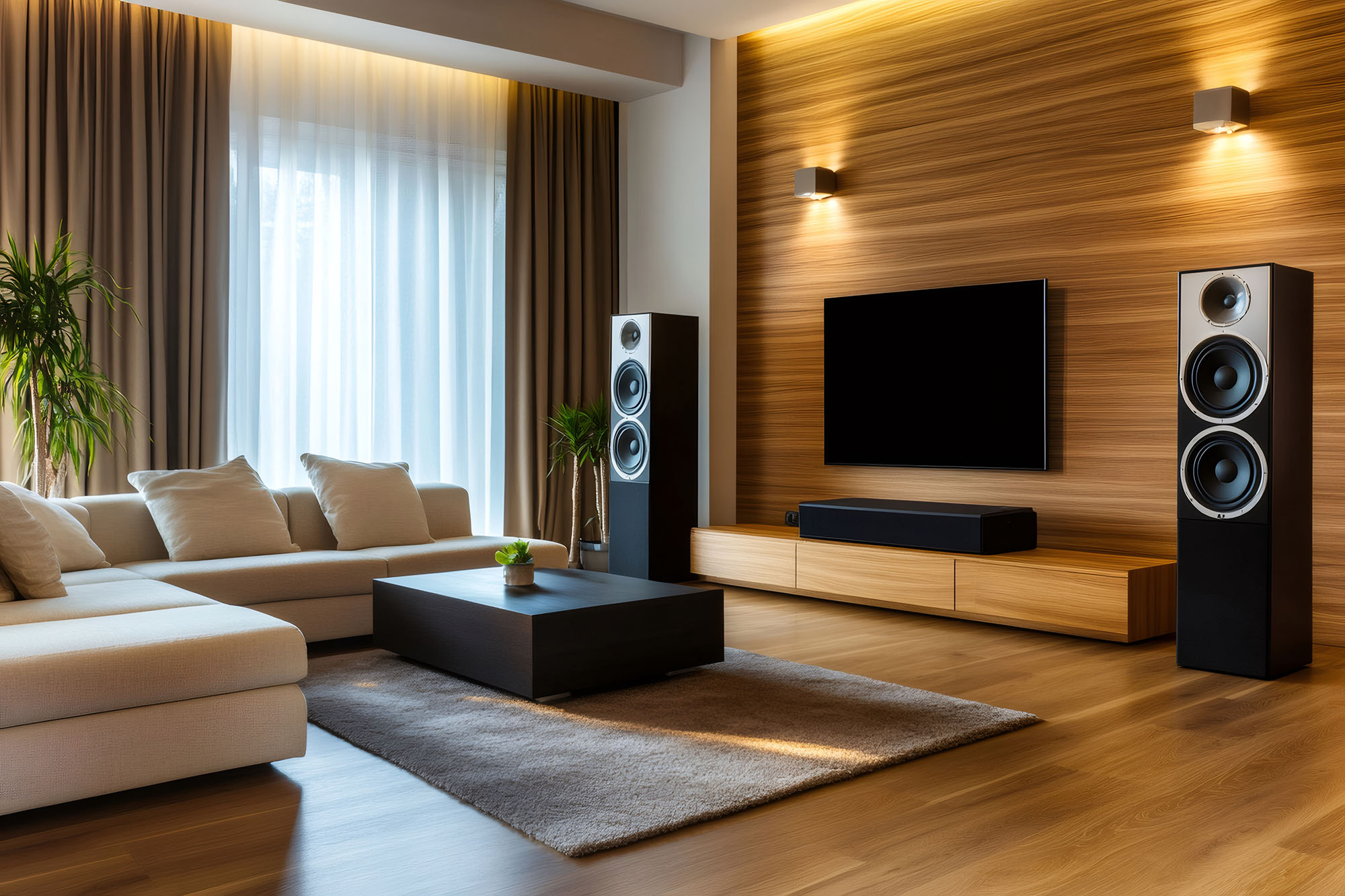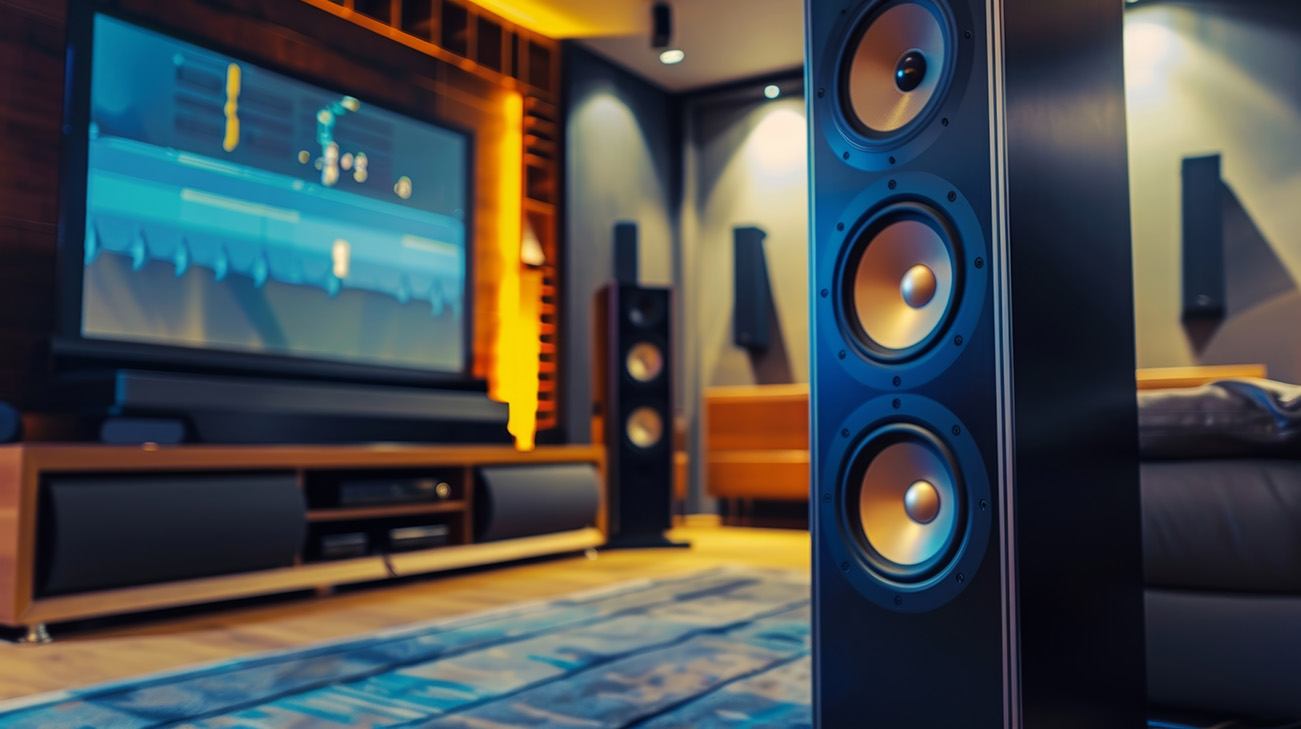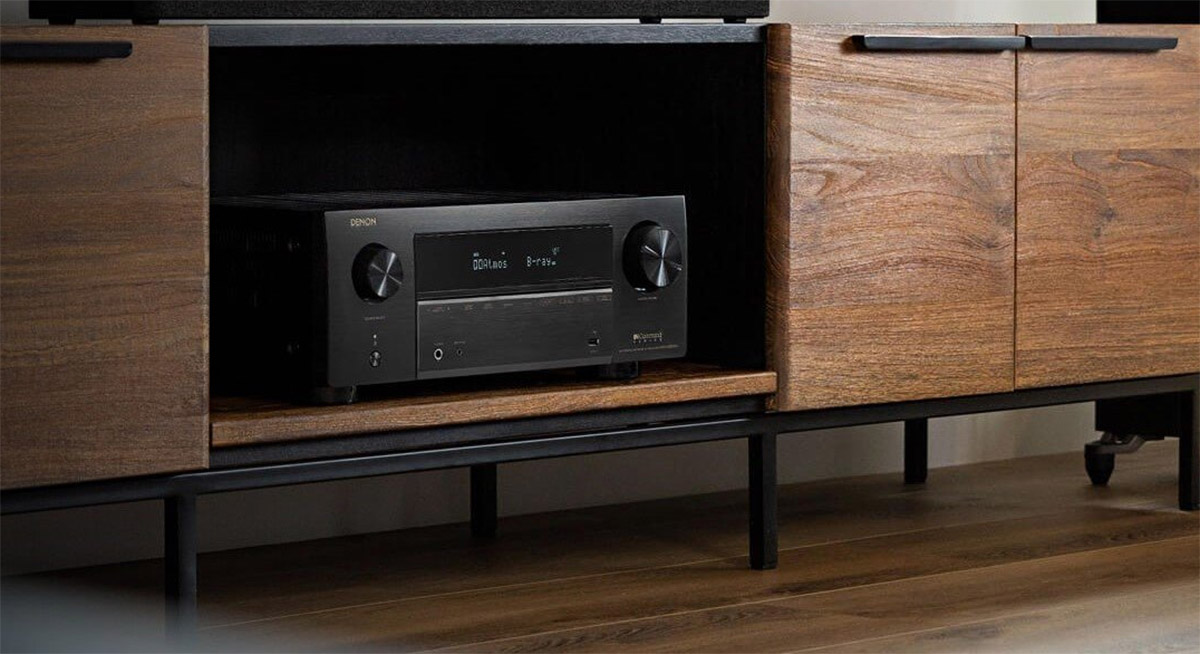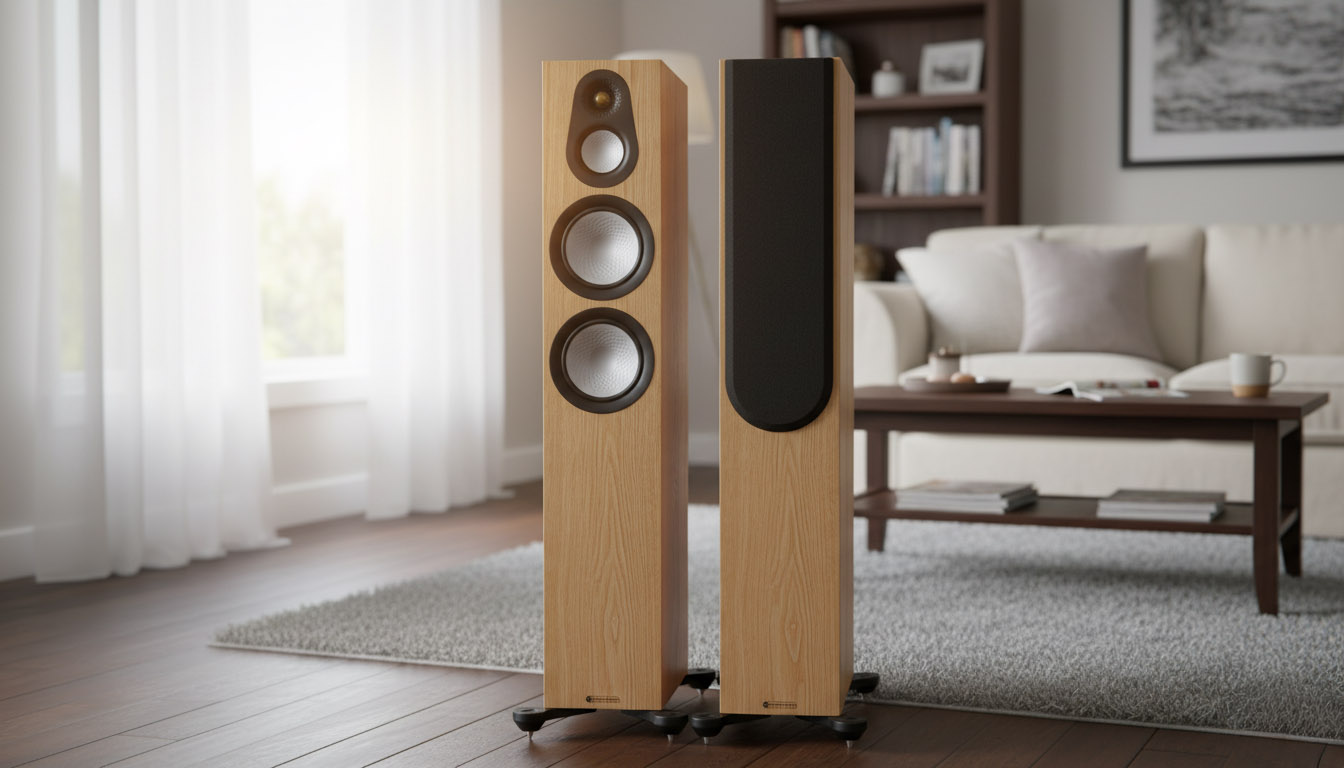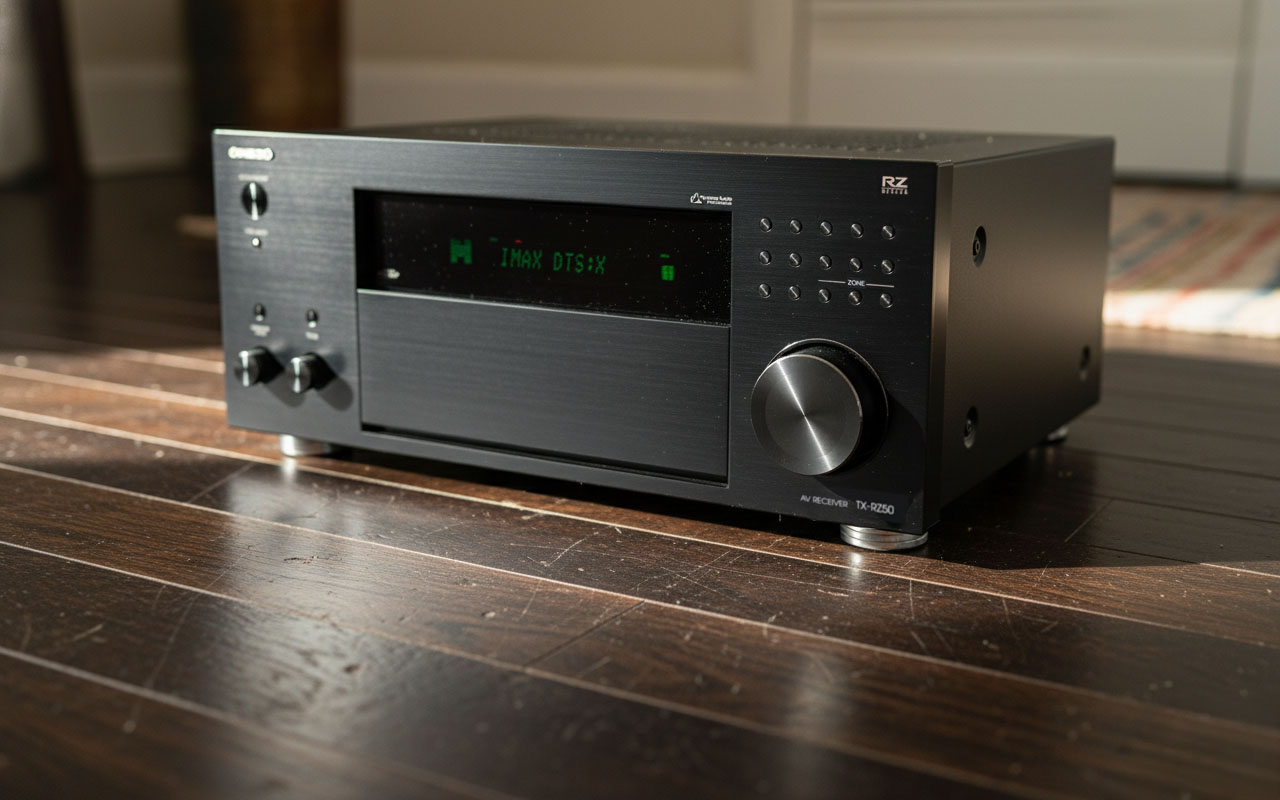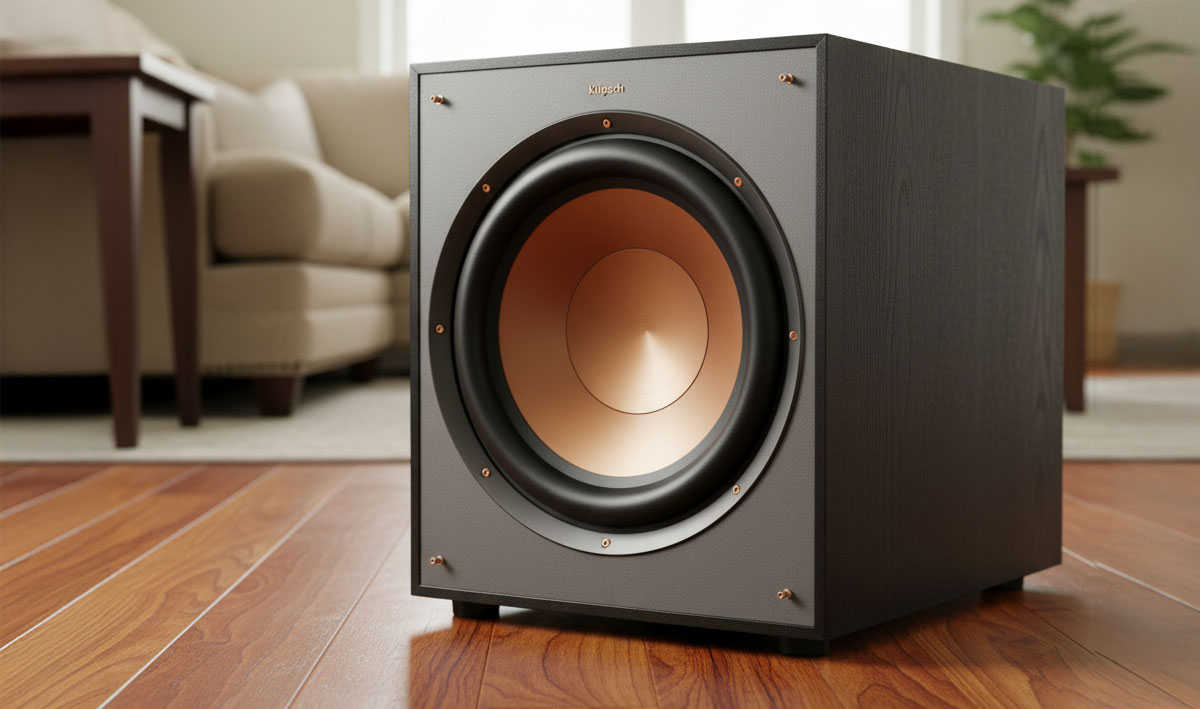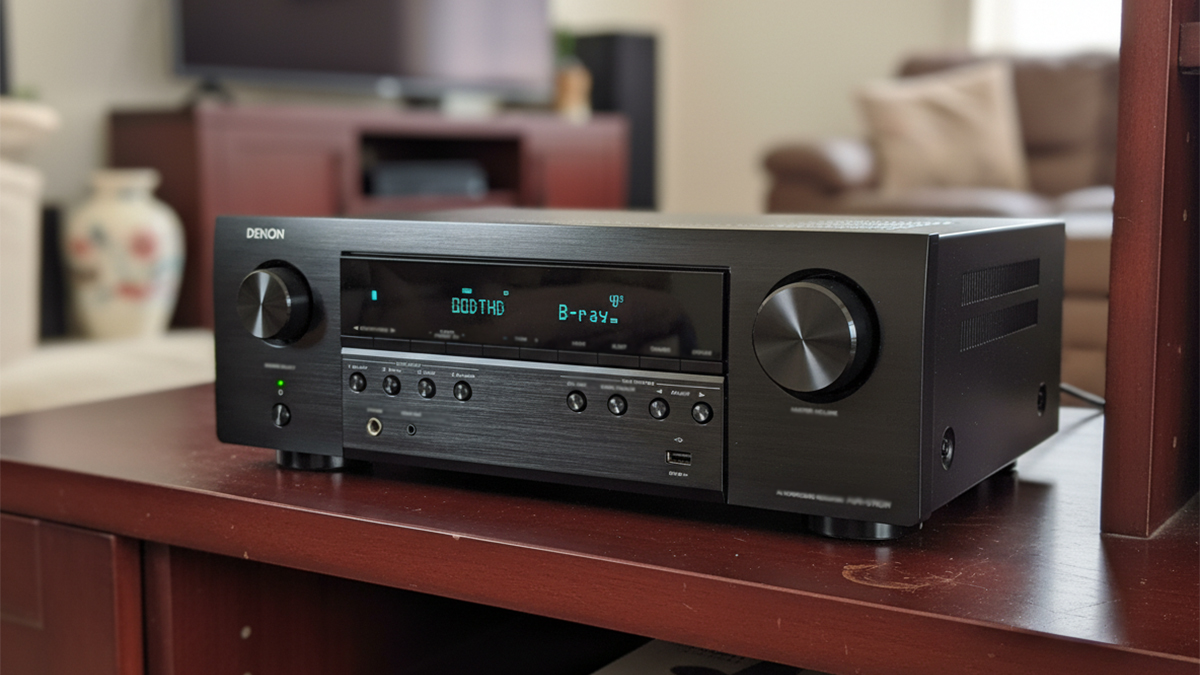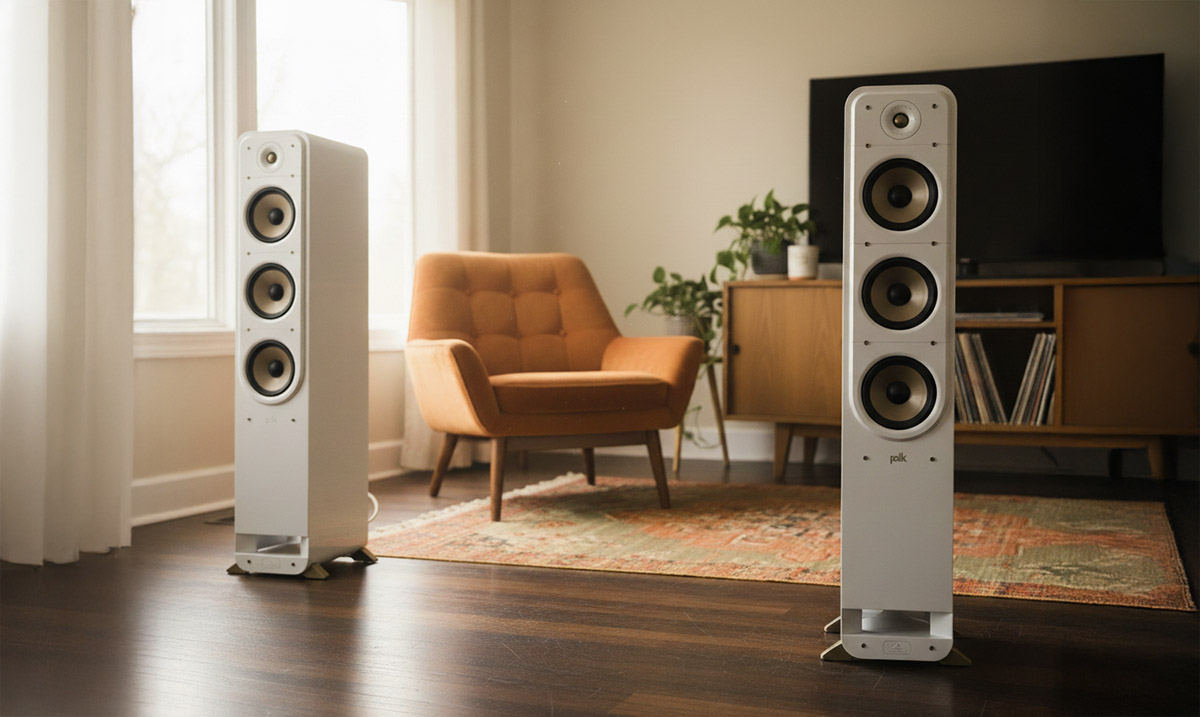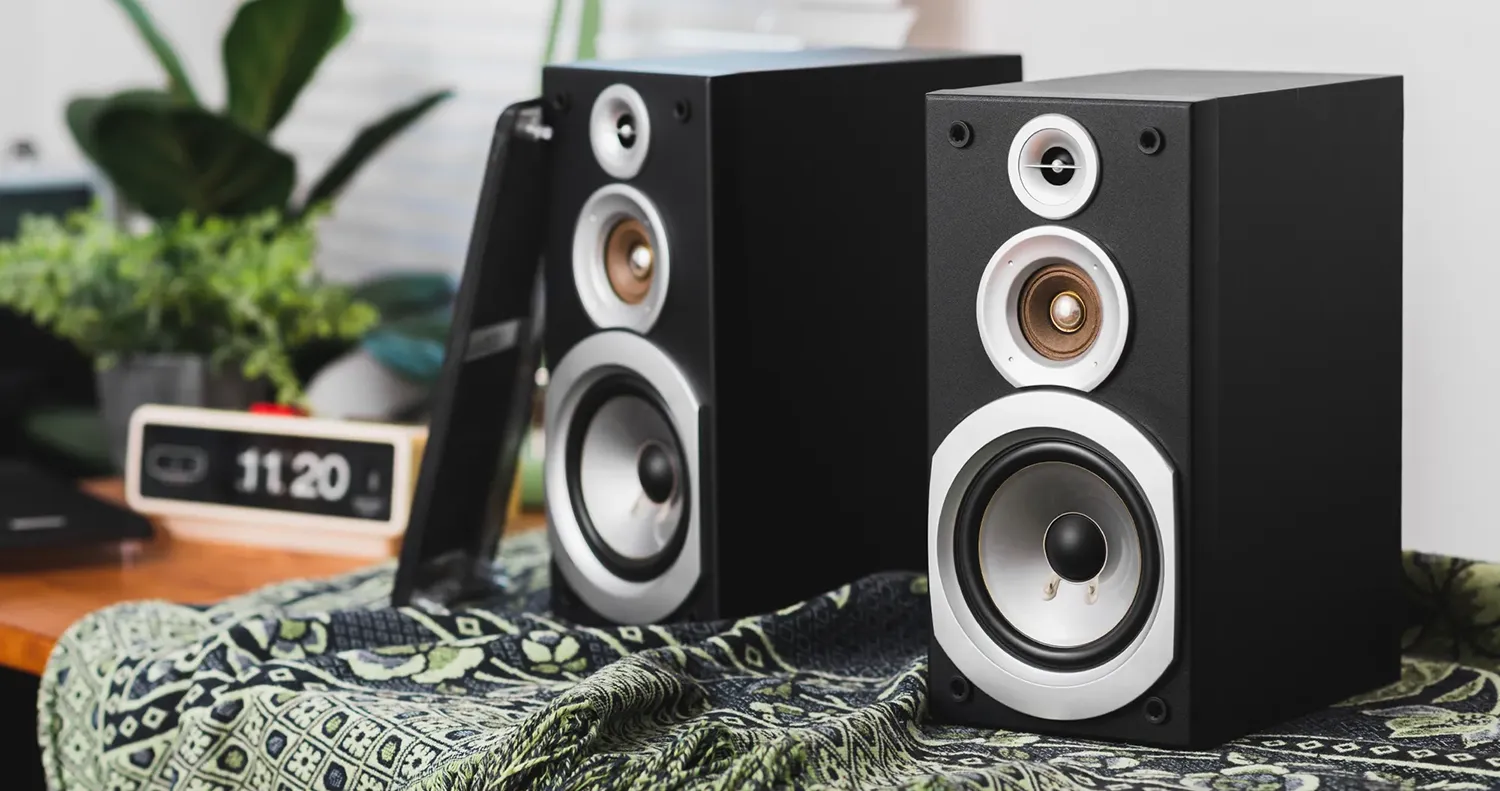Bass gives music and movies weight and impact. When the low end is right, drums stop and start cleanly, bass lines have pitch, and explosions feel powerful without turning muddy. The big question is simple. Should you use one subwoofer, or two. The short answer is that two subs often give you smoother bass in big rooms, yet you only hear the benefit when you place and tune them well. Let’s break it down in clear steps you can follow at home.
Why rooms make bass tricky
Low frequencies behave differently from midrange and treble. The wavelengths are long, so your room size and shape have a large effect on what you hear. At some seats, certain notes are too loud. At other seats, those same notes vanish. These peaks and dips come from standing waves, also called room modes. They change with seat position, which is why one person on the couch hears tight bass while someone else hears boom. You can reduce the problem with careful placement and a little treatment, but the physics remain. This is where multiple subs help. Place two subwoofers at smart locations, and each one excites the room in a different way. The worst peaks average down, the deepest dips fill in, and the response becomes more even across several seats.
What you get with 2 subs
First, better uniformity. Two decent subs in good spots usually beat one great sub in one random spot. The bass becomes more consistent from seat to seat, so the whole family hears similar balance. Second, more headroom. Two identical subs can share the work, which lowers distortion at everyday levels and gives you extra output for big moments. Third, easier equalization. When the raw response is smoother to start with, your room correction has less heavy lifting to do. Filters can then focus on fine tuning rather than fighting giant peaks and deep nulls.
When a single sub is enough
Not every room needs duals. If you listen alone, sit in one sweet spot, and can place the sub where the room likes it, one good unit can sound excellent. In a small room with flexible placement, a single sealed sub can deliver tight, tuneful bass that covers most music and casual movie nights. Budget matters too. One capable model is better than two weak ones. You can always add a matching second sub later when funds allow.
When two subs are clearly worth it
If you have a wide sofa, multiple listeners, a room that opens to a hallway or kitchen, or large changes in bass from one seat to the next, dual subs are worth serious consideration. Two subs are also helpful in large rooms where a single unit struggles to cover the space without strain. Listeners who care about even bass across a row of seats, or who want clean impact at moderate volume, usually prefer the result from two.
Good places to start with placement
In a rectangular room, two patterns stand out for simplicity and results. Try the midpoint of the front wall and the midpoint of the back wall. Or try the midpoint of the left wall and the midpoint of the right wall. Both layouts tend to reduce large peaks and dips across a row of seats. If those spots are not practical, use opposing diagonal corners, for example the front left corner and the back right corner. After you place the subs, move each a foot at a time and listen for smoother bass. Small moves can make clear changes. Mark good locations with tape before you commit.
RELATED: Do You Need a Subwoofer with Your Tower Speakers
How to calibrate without stress
Calibrate only after you place the subs. Set both gains to a moderate position, around noon on the dial. Bypass any internal equalization on the subs for now. In your receiver or processor, set both subs to the same crossover, and enter accurate distances with a tape measure. Run your room correction. Most receivers include a microphone and software to match levels and set filters. If your unit supports a feature that first aligns the two subs to each other, use it. When the process finishes, listen at your normal level. If the bass feels thin, raise the sub trim one or two decibels. If it overwhelms the midrange, reduce it a touch. Save a preset that you can toggle on and off so you can compare fairly.
Models that pair well as singles or as twins
Pick output to match the room. In small and medium rooms, sealed twelve inch subs balance speed and depth. Strong choices include SVS SB 2000 Pro, Rythmik F12, and Arendal 1961 1S.
For larger rooms, ported designs move more air and reach deeper. Consider HSU VTF 2 MK5, SVS PB 2000 Pro, Monoprice Monolith 12 THX, or Arendal 1723 1V. Whenever possible, buy the same model for both subs. Matching sensitivity and extension makes integration easier. If you must mix, keep alignment and size similar, for example two sealed twelves, rather than pairing a tiny sealed cube with a very large ported box.
|
$899.00
|
$1,127.77
|
$1,199.00
|
A simple plan to follow
First, measure your room and note your seats. Second, pick a placement pattern that fits the furniture. Third, place both subs, set gains to noon, and confirm the phase switches match. Fourth, run the receiver’s setup. Fifth, listen to a few tracks that reveal bass quality, such as acoustic bass lines, kick drum hits, and sustained synth notes. Sixth, adjust the sub level by one decibel at a time. Stop when voices sound natural and bass feels present but not bloated.
Tips that improve results
Use a sub crawl with a single unit to find friendly spots. Put the sub at your main seat, play bass heavy music, then crawl along the front wall and side walls while you listen for even bass. Where it sounds best, place the sub, then repeat for the second unit. Keep both subs the same distance from the front wall when possible, which can simplify timing. If your receiver allows separate delay values for each sub, use them. If it does not, try to keep path lengths similar. Integrate mains and subs with a crossover near eighty hertz to start. Raise the crossover if your main speakers are small, lower it if your towers are strong down to forty hertz. If you own two subs with variable port tuning, match their settings.
Common myths to skip
Two subs are not only about playing louder. The bigger win is smoother and more even bass. More subs do not mean more boom. Done properly, you get less boom, more clarity, and better pitch. Equalization cannot fill a deep null caused by geometry. If a note vanishes at your seat, move the sub or add a partner. Bass traps help, yet they do not remove the need for good placement.
Quick room based recommendations
Small sealed room, single listener.
One sealed sub, placed near the front wall midpoint, then measured and trimmed.
Family room with a wide couch.
Two subs at the midpoints of the left and right walls, or front and back midpoints, then run the receiver’s calibration.
Large open plan space.
Two strong ported subs along the front wall or in opposing corners, measured and corrected, with careful level setting to avoid overhang.
Bottom line
One well placed sub can sound great at one seat. Two subs, placed well and aligned properly, almost always deliver smoother bass across a couch, with extra headroom and lower distortion. If your room is shared, if you care about consistent results for friends and family, or if your space is large or open, dual subs are worth it. Follow simple placement rules, take your time with setup, and make small level changes while you listen. You will hear tighter drums, clearer bass notes, and a more natural balance day after day.
Teksignal.com participates in the Amazon Services LLC Associates Program, an affiliate advertising program designed to provide a means for sites to earn advertising fees by advertising and linking to Amazon.com

